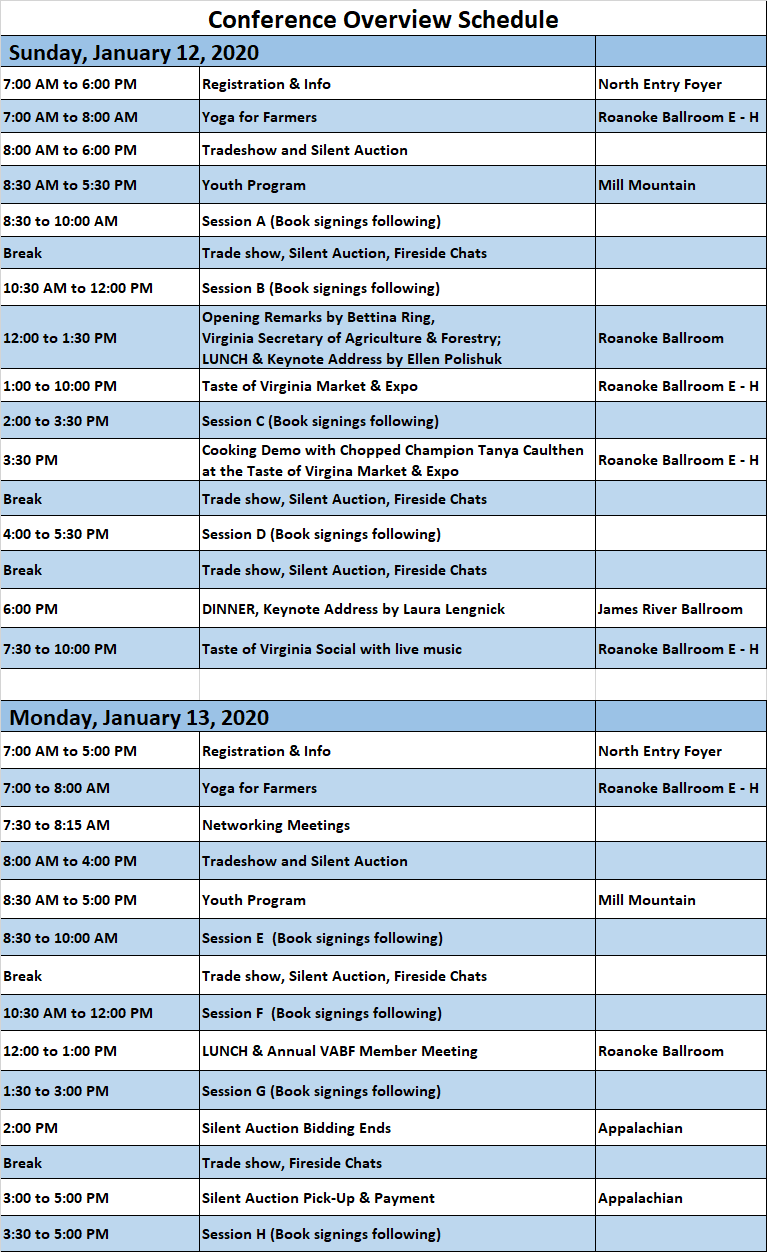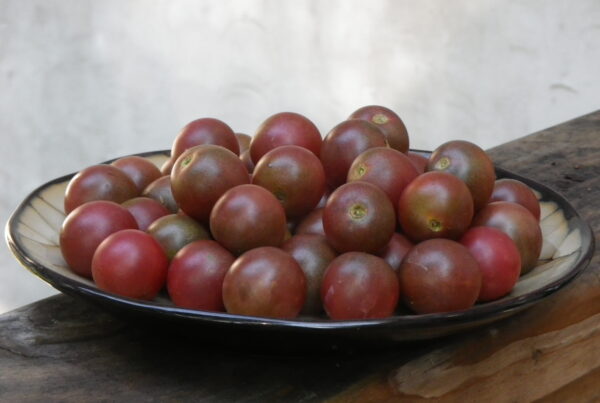What you can do during the Congressional Recess (through Labor Day weekend):
- Sign on to the National Sustainable Agriculture Coalition (NSAC) petition to the Farm Bill Conferees, at http://sustainableagriculture.net/take-action/. This is a quick and effective action that you can take – and it will require only a minute or two of your time!
- Contact your Representative and your Senators at their district offices closest to you, and urge them to support the above provisions in the final Farm Bill. Note that if you have used or applied for any of these programs, tell your story and why the program(s) have been important to your farming operation, community, or family. First-hand stories from constituents are the most effective form of advocacy.
- Note that Representative Bob Goodlatte’s district (6th VA) serves on the Farm Bill Conference, thus if you are in his district your input is especially important.
- If your Representative is not a Conferee, ask them to contact Conferees to let them know how important these farm bill provisions are to constituents.
- Same for Senators – Virginia’s Senators Tim Kaine and Mark Warner are not Conferees, but they care about conservation, local foods, and beginning farmers.
- If your Representative or Senator (or their staff) holds a Town Hall or other public event during the August recess, this is an opportunity to deliver your message in person. Check with their local district office to find out when events are scheduled.
Watch for updates and on the NSAC blog, http://sustainableagriculture.net/blog/, which is updated almost daily as events unfold. Also, look for update and new action items in the September, 2018 issue of the VABF e-Newsletter.
For more information on the issues and programs listed above, click here.
Farm Bill Action: more information
Specifically, we need the following provisions in the final Farm Bill:
- Strengthen local food systems and rural communities through the Local Agricultural Markets Program (LAMP), a Senate provision. LAMP integrates the Farmers Market and Local Foods Promotion Program, Value Added Producer Grants, and Food Safety Cost Share, and provides permanent funding in future Farm Bills.
- Expand training and technical support for beginning, socially disadvantaged, and veteran producers through the Farming Opportunities Training and Outreach Program (FOTOP), also a Senate provision with permanent funding..
- Close loopholes that allow mega-farms to circumvent payment limits on farm subsidies and squeeze out family farms. The Senate bill strengthens “active engaged in farming” eligibility requirements, while the House bill widens loopholes into a highway for corporate mega farms to garner unlimited subsidies.
- Strengthen working lands conservation by protecting and improving the Conservation Stewardship Program, which currently supports high level conservation on 70 million acres of cropland and grazing lands. The Senate bill improves CSP but trims total working lands conservation funding; the House bill eliminates CSP altogether.
- Support organic agriculture with permanent funding at $50 million per year for Organic Research and Extension Initiative (OREI), and continued funding for Organic Certification Cost Share. The Senate bill does both; the House bill gives OREI a smaller increase but de-funds Organic Certification Cost Share.
- Support development and release of public crop cultivars that perform well in organic, sustainable, and resource-conserving production systems. The Senate bill includes language to improve coordination and evaluation of USDA funded plant breeding efforts.
- Protect Supplemental Nutrition Assistance Program (SNAP) for food-insecure Americans. The Senate bill maintains SNAP funding and facilitates SNAP use at farmers markets; the House bill would deny SNAP benefits to 1 million low income families.
To explore these issues in greater depth visit http://sustainableagriculture.net/blog/






